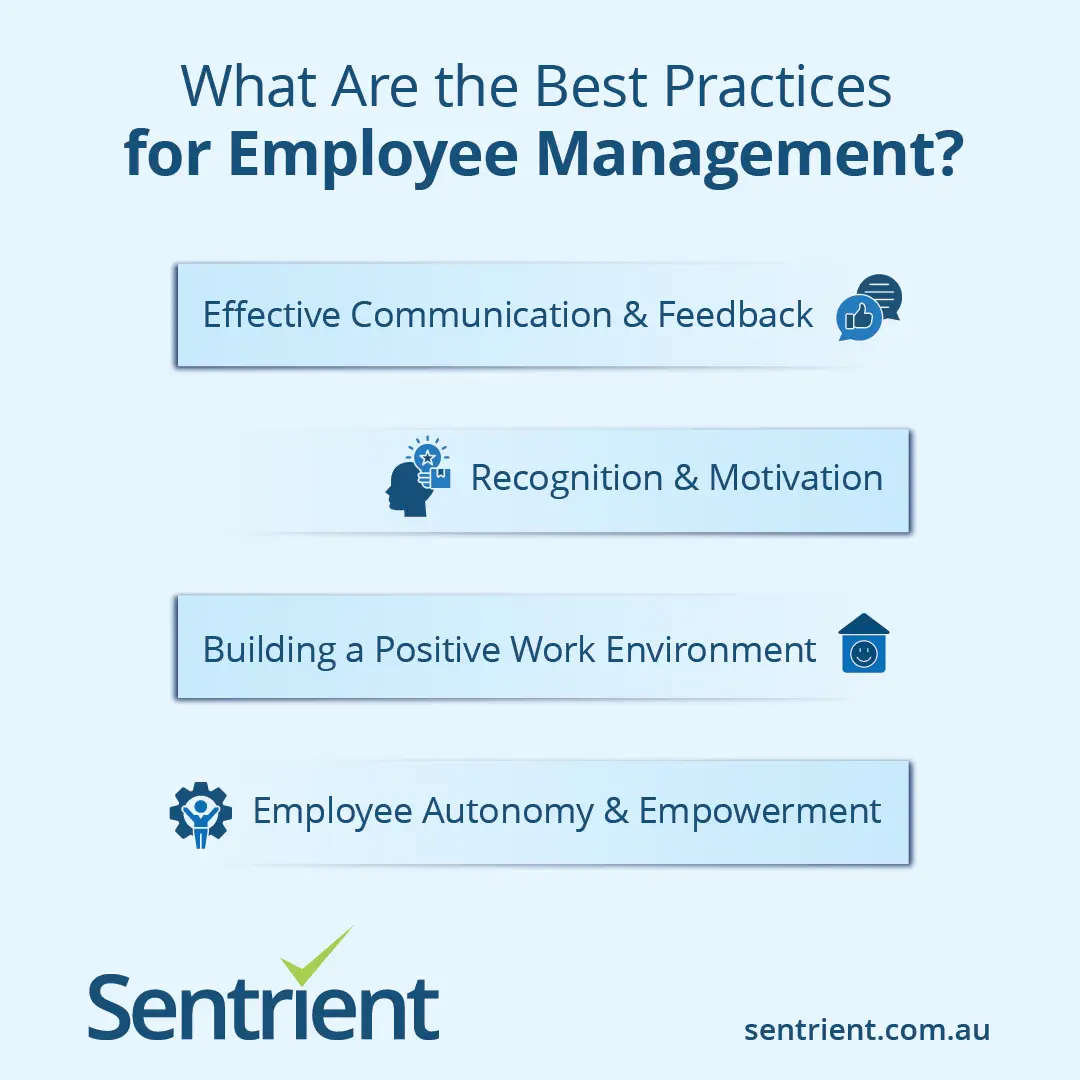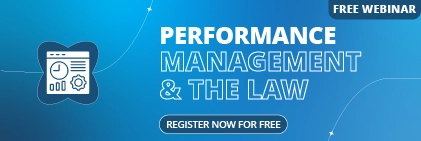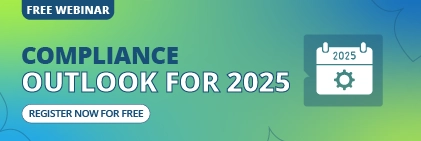Employee management is the cornerstone of every successful business. Whether you’re leading a small team of five or managing hundreds of employees across multiple departments, understanding what employee management is can transform your organisation’s performance.
At its core, employee management encompasses the processes, strategies, and systems used to guide, develop, and optimise your workforce. This includes everything from recruitment and onboarding to performance management, training, and retention strategies.
Effective employee management isn’t just about supervising people. It’s about creating an environment where employees thrive, contribute meaningfully, and grow alongside your business.
The significance of managing employees effectively cannot be overstated. Research consistently shows that well-managed employees are:
- More productive and engaged
- More likely to stay with their organisation
- Better contributors to company culture
- Higher performers in their roles
Poor employee management leads to high turnover rates, decreased productivity, and a toxic workplace culture that can damage your brand and profitability.
In this comprehensive guide, we’ll explore the basics of employee management and share proven best practices. Whether you’re a new manager or looking to refine your approach, you’ll discover practical strategies that can immediately impact your team’s performance.
What Are the Fundamentals of Employee Management?
The fundamentals of employee management rest on understanding that management is both an art and a science. Modern employee management requires a delicate balance between achieving business objectives and nurturing human potential.
Core responsibilities of effective managers extend far beyond task delegation. Today’s managers must be:
- Coaches and mentors
- Strategic communicators
- Problem solvers
- Culture builders
The manager-employee relationship forms the foundation of all management activities. This relationship should be built on trust, respect, and clear communication.
Successful managers recognise that each employee is unique. They have different strengths, motivations, and communication preferences. Effective managers adapt their style accordingly whilst maintaining consistency in expectations.
Key Management Competencies
Key management competencies required in today’s workplace include:
- Emotional intelligence
- Active listening skills
- Conflict resolution abilities
- Data-driven decision-making
- Constructive feedback delivery
Modern management approaches differ significantly from traditional hierarchical models. Contemporary employee management emphasises collaboration over command-and-control.
This shift recognises that employees perform better when they feel trusted and valued. The most effective managers focus on removing obstacles and providing resources for their teams to excel.
What Are the Essential Components of Employee Management?
1 . Recruitment and Onboarding
Effective employee management begins before an employee’s first day. Recruitment sets the foundation by ensuring you hire individuals who possess the required skills and align with your organisation’s values.
Modern recruitment strategies involve:
- Creating detailed job descriptions
- Using data-driven hiring processes
- Implementing structured interview techniques
- Assessing cultural fit alongside technical skills
Effective onboarding processes are crucial for long-term employee success. A comprehensive onboarding program should introduce new employees to company culture and clarify role expectations.
Setting clear expectations during onboarding prevents confusion. This includes defining specific job responsibilities, performance standards, and growth opportunities within the organisation.
2. Performance Management
Performance management is an ongoing process that extends far beyond annual reviews. SMART goal setting provides employees with clear direction and enables managers to track progress objectively.
Regular performance reviews should occur quarterly or monthly, not just annually. These sessions provide opportunities to:
- Discuss achievements and challenges
- Adjust goals as needed
- Plan professional development activities
- Address issues promptly
Continuous feedback mechanisms are essential for maintaining high performance standards. This includes both formal check-ins and informal conversations that recognise achievements in real-time.
3. Communication and Engagement
Open communication channels are vital for effective employee management. This means creating multiple avenues for employees to share ideas, concerns, and feedback.
Effective communication methods include:
- Regular team meetings
- One-on-one sessions
- Digital collaboration platforms
- Open-door policies
Active listening techniques enable managers to truly understand their employees’ perspectives. This involves giving full attention during conversations and asking clarifying questions.
Building trust and rapport requires consistency, honesty, and reliability in all interactions. Managers who keep their commitments and support their employees during challenging times create strong, productive working relationships.
4. Training and Development
Skill development programs are essential for maintaining competitiveness and employee satisfaction. These programs should address both current role requirements and future career aspirations.
Career progression planning demonstrates your investment in employees’ futures. This involves:
- Discussing long-term goals
- Identifying potential career paths
- Creating development plans
- Aligning personal ambitions with business needs
Mentoring and coaching opportunities provide personalised support for employee growth. These initiatives help employees develop new skills, gain confidence, and navigate workplace challenges more effectively.
What Are the Best Practices for Employee Management?

1. Effective Communication and Feedback
Regular feedback delivery is crucial for maintaining high performance and employee satisfaction. The most effective feedback is specific, timely, and focused on behaviours rather than personality traits.
Constructive communication techniques involve:
- Using “I” statements
- Focusing on specific examples
- Offering concrete suggestions for improvement
- Balancing honesty with empathy
When delivering difficult feedback, successful managers ensure employees understand both the issues and the support available to address them.
2. Recognition and Motivation
Understanding individual motivators is key to effective employee management. While some employees are motivated by public recognition, others prefer private acknowledgment or professional development opportunities.
Effective recognition strategies include:
- Formal employee recognition programs
- Peer-to-peer recognition systems
- Simple but sincere acknowledgments
- Meaningful rewards aligned with organisational values
Recognition programs should be fair, consistent, and genuine. The key is ensuring recognition aligns with what actually motivates each individual team member.
3. Building a Positive Work Environment
Encouraging collaboration and teamwork requires intentional effort to break down silos. This includes creating shared goals, facilitating team-building activities, and ensuring all team members understand their contribution to broader objectives.
Elements of a positive work environment include:
- Open and honest communication
- Mutual respect and trust
- Opportunities for growth
- Work-life balance support
- Inclusive practices
Promoting inclusivity and diversity goes beyond compliance requirements. It involves creating an environment where all employees feel valued and able to contribute their unique perspectives.
4. Employee Autonomy and Empowerment
Avoiding micromanagement requires trust and clear expectations. Effective managers focus on outcomes rather than processes, giving employees freedom to determine how they complete their work.
Delegating effectively involves:
- Matching tasks to employees’ skills
- Providing necessary resources and authority
- Establishing clear deadlines and quality standards
- Following up appropriately without micromanaging
Good delegation not only improves efficiency but also develops employee capabilities and confidence.
How Do You Manage Challenges and Difficult Situations?
1. Conflict Resolution
Identifying early warning signs of workplace conflict enables proactive intervention before situations escalate. Warning signs might include decreased communication, missed deadlines, or noticeable changes in behaviour.
Effective conflict resolution strategies include:
- Listening to all parties involved
- Remaining neutral and objective
- Focusing on facts rather than emotions
- Facilitating discussions toward mutually acceptable solutions
Sometimes external mediation or HR involvement may be necessary for complex situations. The key is addressing conflicts quickly before they impact team morale or productivity.
2. Managing Underperformance
Root cause analysis is essential when addressing underperformance. Issues might stem from lack of training, unclear expectations, personal challenges, or inadequate resources.
Performance improvement approaches include:
- Identifying specific performance gaps
- Creating structured improvement plans
- Providing additional training or support
- Setting clear timelines and milestones
- Regular progress monitoring
Performance improvement plans demonstrate your commitment to employee success whilst documenting efforts for potential future decisions.
3. Remote Work Management
Best practices for remote teams include establishing clear communication protocols and using collaborative technologies effectively. Remote management requires more intentional communication and structured check-ins.
Remote management essentials include:
- Regular video calls and virtual meetings
- Clear documentation of expectations
- Flexible scheduling within core hours
- Virtual team-building activities
- Reliable technology and support
Virtual communication requires different skills than in-person management. This includes being more intentional about communication and creating virtual spaces for informal interaction.
What Tools and Technology Support Employee Management?
Modern employee management systems streamline administrative tasks and provide valuable insights into workforce performance. These platforms typically include features for recruitment, onboarding, and performance tracking.
HR Management Systems
HR management systems like those offered by Sentrient provide comprehensive solutions that integrate multiple functions:
- Recruitment and talent management
- Employee onboarding processes
- Performance tracking and reviews
- Compliance and training management
- Self-service employee portals
This integration eliminates data silos and provides managers with complete visibility into employee lifecycles.
Performance and Communication Tools
Performance tracking tools enable objective measurement of employee progress and achievements. These tools can track goal completion, skill development, and other key performance indicators.
Essential technology categories include:
- Project management platforms
- Communication and collaboration tools
- Learning management systems
- Analytics and reporting dashboards
- Mobile-accessible applications
Data analytics transform raw employee data into actionable insights. Analytics can identify trends in performance, engagement, and retention, enabling proactive management interventions.
How Do You Measure Management Effectiveness?
Employee satisfaction surveys provide direct feedback about management effectiveness and workplace culture. Regular surveys help identify areas for improvement and track progress over time.
Key Performance Indicators
Key performance indicators (KPIs) for management effectiveness include:
- Employee engagement scores
- Retention and turnover rates
- Internal promotion rates
- Time-to-productivity for new hires
- 360-degree feedback scores
- Team productivity metrics
These metrics should be tracked consistently and used to guide management development efforts.
Continuous Improvement Methods
Continuous improvement ensures management practices evolve with changing business needs. This includes regular management training, peer learning opportunities, and staying current with best practices.
Improvement strategies include:
- Regular skills assessments
- Management development programs
- Peer mentoring and coaching
- Industry best practice research
- Employee feedback integration
The key is acting on survey results and communicating changes to employees.
What Does the Future Hold for Employee Management?
The future of employee management is being shaped by technological advances and changing workforce expectations. Emerging trends include increased focus on employee wellbeing and flexible work arrangements.
Technology and AI Impact
AI and automation are transforming many aspects of employee management:
- Recruitment screening and candidate matching
- Performance analytics and insights
- Personalised learning recommendations
- Predictive retention modelling
- Automated administrative tasks
However, the human elements of management remain irreplaceable. Empathy, coaching, and relationship building are becoming increasingly important as technology handles routine tasks.
Preparing for Workforce Evolution
Preparing for workforce evolution requires staying informed about trends and maintaining flexibility in management approaches. The most successful organisations adapt their practices whilst maintaining focus on fundamental human needs.
Future-ready management includes:
- Embracing flexible work models
- Investing in digital collaboration tools
- Developing emotional intelligence skills
- Supporting continuous learning
- Focusing on outcomes over processes
Conclusion
Effective employee management is both a critical business skill and a continuous learning journey. The principles and practices outlined in this guide provide a foundation for managing people successfully.
Remember that employee management is not a one-size-fits-all approach. Each employee, team, and situation require thoughtful consideration and adapted strategies.
Start implementing these practices gradually:
- Focus on building strong relationships first
- Establish clear communication channels
- Provide regular feedback and recognition
- Invest in employee development
- Measure and adjust your approach
Ready to transform your employee management approach? Explore how Sentrient’s comprehensive HR and compliance solutions can streamline your management processes and support your team’s success.
Frequently Asked Questions
1. What’s the difference between employee management and HR?
Employee management is day-to-day leadership by direct managers, whilst HR encompasses broader organisational policies and strategic workforce planning. HR provides support and infrastructure for effective management.
2. How often should performance reviews be conducted?
Best practice suggests quarterly formal reviews with monthly check-ins and ongoing feedback. Annual reviews alone are insufficient for maintaining performance and engagement.
3. What are the most common employee management mistakes?
Common mistakes include micromanaging, inconsistent communication, failing to provide feedback, not recognising achievements, and treating all employees identically without considering individual differences.
4. How can I measure if my management style is effective?
Measure effectiveness through employee satisfaction surveys, retention rates, productivity metrics, 360-degree feedback, and regular one-on-one conversations with your team.
5. What should I do if an employee consistently underperforms?
Start by understanding the root cause through honest conversation. Provide additional support, implement a performance improvement plan with specific goals, and document all efforts.
6. How do I give negative feedback effectively?
Focus on specific behaviours using the SBI model (Situation, Behaviour, Impact). Deliver feedback privately, remain objective, listen to their perspective, and collaborate on improvement solutions.
7. How can I improve employee engagement on a budget?
Focus on non-monetary recognition, provide development opportunities, improve communication transparency, involve employees in decisions, and ensure workloads are manageable and meaningful.
8. What are essential skills for new managers?
Key skills include active listening, constructive feedback, effective delegation, conflict resolution, time management, emotional intelligence, and understanding different motivation styles.





